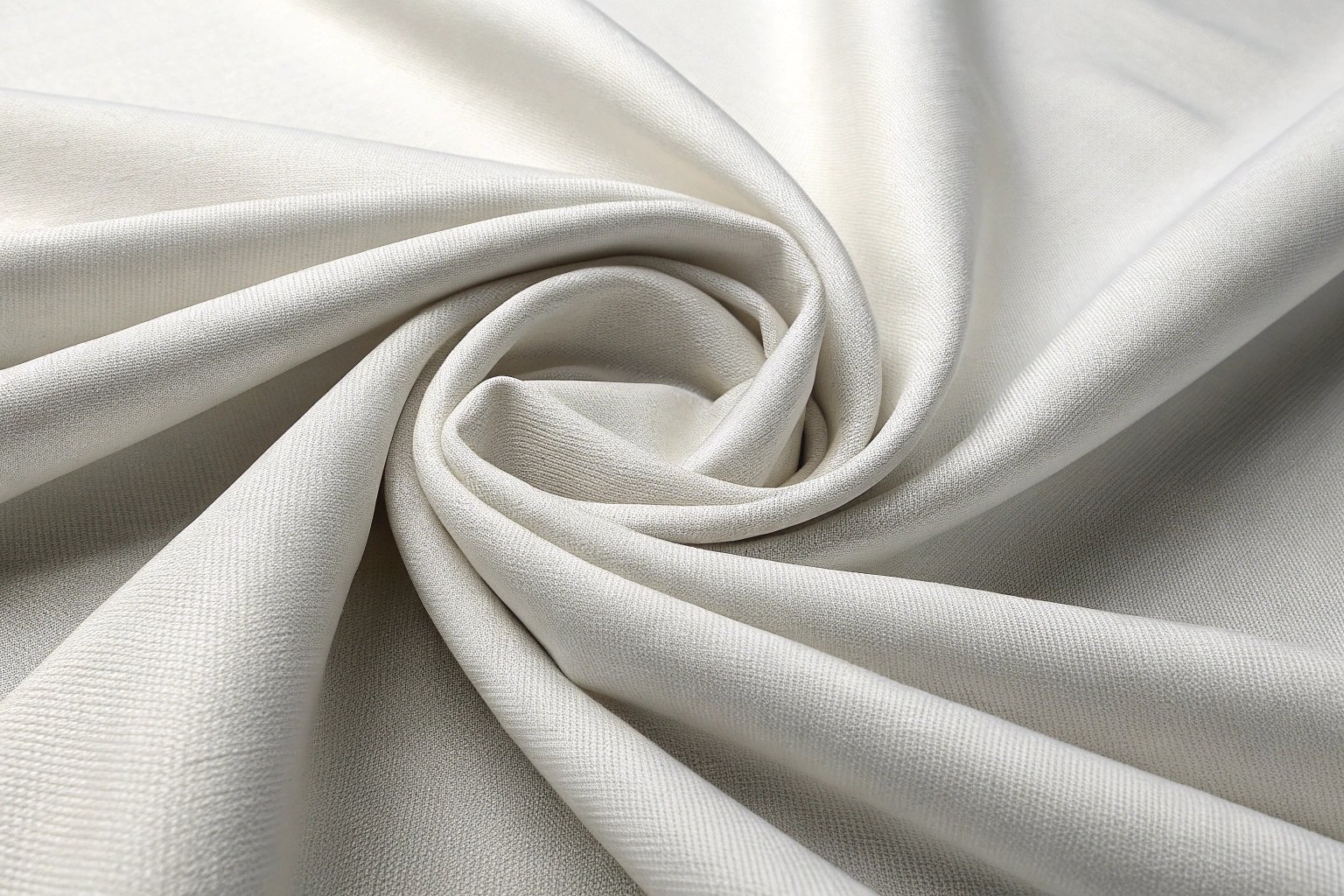Poplin fabric is one of the most widely used and versatile textiles in the apparel world. Known for its crisp, smooth surface and lightweight structure, it’s a top choice for both formal and casual wear. Whether you’re designing tailored shirts, summer dresses, or smart-casual trousers, poplin offers an ideal balance of breathability, durability, and polish.

This guide explains everything you need to know about poplin fabric—from its characteristics and benefits to its everyday uses and practical limitations.
Understanding the Nature of Poplin Fabric
Poplin is woven using a plain weave construction, which means the warp and weft threads cross each other in a simple, alternating pattern. This technique results in a fine, tight surface that’s smooth to the touch. Poplin is typically made from 100% cotton or a cotton-polyester blend, and it often has a subtle sheen that enhances its clean, structured look.
What makes poplin stand out is its light weight and breathable nature. Despite being fine and smooth, it has enough firmness to hold its shape, which gives garments a crisp, tailored appearance. This quality makes poplin especially popular for dress shirts and structured dresses, where a clean silhouette is essential.
In addition to its aesthetic appeal, poplin is also valued for its strength. It resists tearing and abrasion better than many other lightweight fabrics, which means it not only looks polished but also wears well over time.
The Drawbacks You Should Be Aware Of
While poplin has many strengths, it’s not without limitations. One of the most common issues with 100% cotton poplin is its tendency to wrinkle. Although some poplin blends offer wrinkle resistance, many versions still require ironing or steaming, especially if you’re aiming for a sharp, professional finish.
Another consideration is stiffness. New poplin garments can feel a bit rigid at first—this is especially true with tightly woven cotton varieties. Though the fabric typically softens after a few washes, this initial feel may be less comfortable for those used to softer, more fluid textiles.
Poplin also lacks natural stretch. For clothing that demands flexibility—like activewear or fitted pieces—a fabric with built-in elasticity (such as jersey or spandex) might be a better option. Additionally, lower-quality poplin may fade with repeated washing, particularly in darker shades exposed to direct sunlight.
Identifying Poplin by Touch and Appearance
If you’re unsure whether a fabric is poplin, there are a few easy ways to tell. First, run your fingers across its surface—it should feel smooth, cool, and slightly crisp. Unlike brushed cotton or flannel, poplin has no fuzziness. Its weave is visibly tight and grid-like, without any pronounced texture.
Hold it up to the light and you’ll notice its lightweight structure, but it won’t appear sheer. Despite its fine yarns, poplin has enough density to offer modest coverage while still allowing the skin to breathe. This makes it ideal for summer garments that need structure without bulk.
Everyday Uses in Fashion and Home Textiles
In modern apparel design, poplin is a go-to fabric for a range of wardrobe staples. It’s particularly favored for men’s and women’s shirts, where its crisp finish enhances collars and cuffs. These shirts are easy to style for both office and off-duty looks, and they hold up well to regular laundering.
Dresses made from poplin offer a balance of form and comfort. Designers often use the fabric for A-line cuts or shirt dresses that require definition but still need to feel breathable and light against the skin. Thanks to its clean lines and subtle sheen, poplin also transitions well between casual and semi-formal settings.
Poplin is also used for skirts and tailored pants, especially in collections that aim for a structured silhouette without relying on heavy or stiff materials. Its clean drape allows it to move comfortably while still maintaining shape throughout the day.
Beyond fashion, poplin appears in home goods such as bedding, pillowcases, and curtains. Its strength and easy-care nature make it ideal for household items that experience frequent handling and washing. Whether used in a crisp bedspread or a set of polished dining linens, poplin adds a refined touch to interior spaces.
Final Thoughts
Poplin fabric remains a favorite in both fashion and home design for good reason. Its lightweight yet structured weave offers a polished look that adapts to countless uses. While it may require a bit more care to keep wrinkle-free and doesn’t stretch like some modern knits, its smooth texture and durability make it a valuable addition to any wardrobe or product line.
Whether you’re looking to create classic shirts, fresh summer dresses, or practical home textiles, poplin provides a timeless solution that bridges everyday comfort and elegant structure. Choose it when you want your garments to look sharp, feel light, and last beyond the trend cycle.

